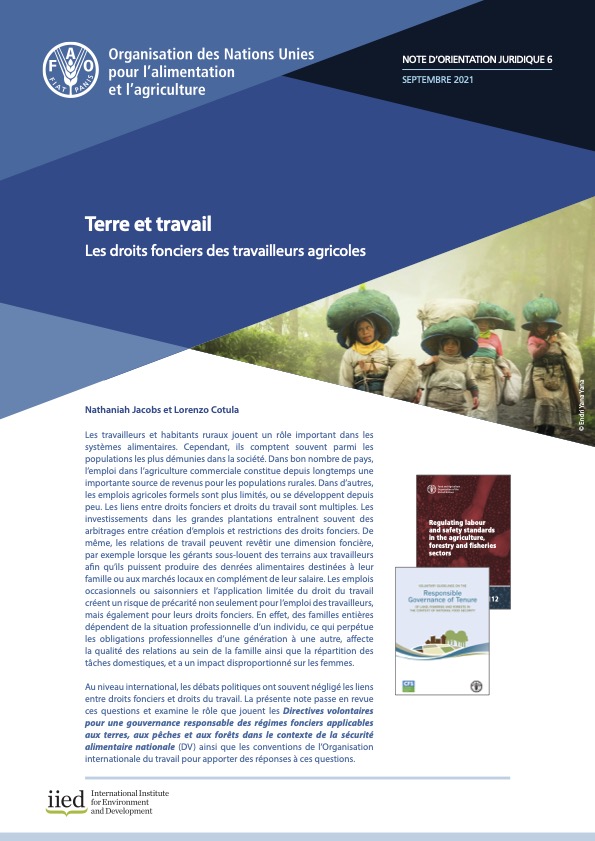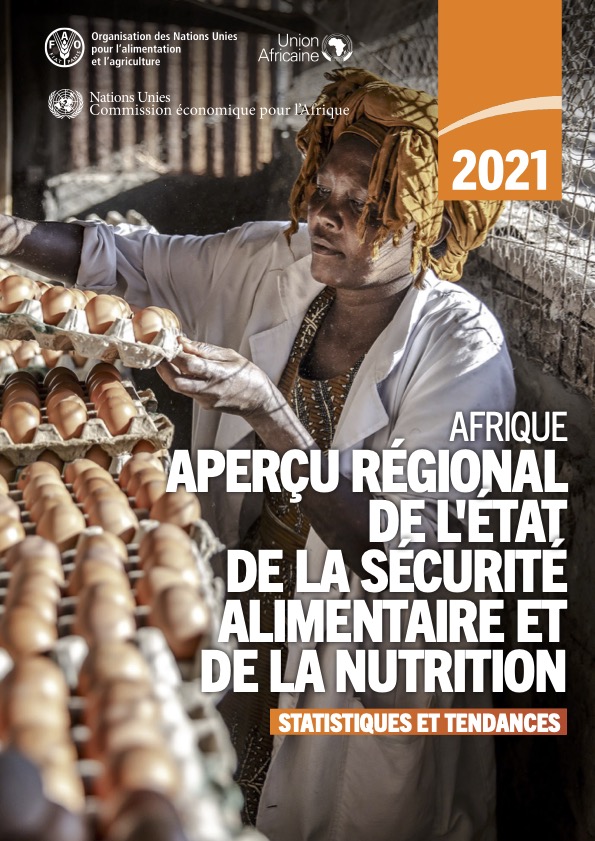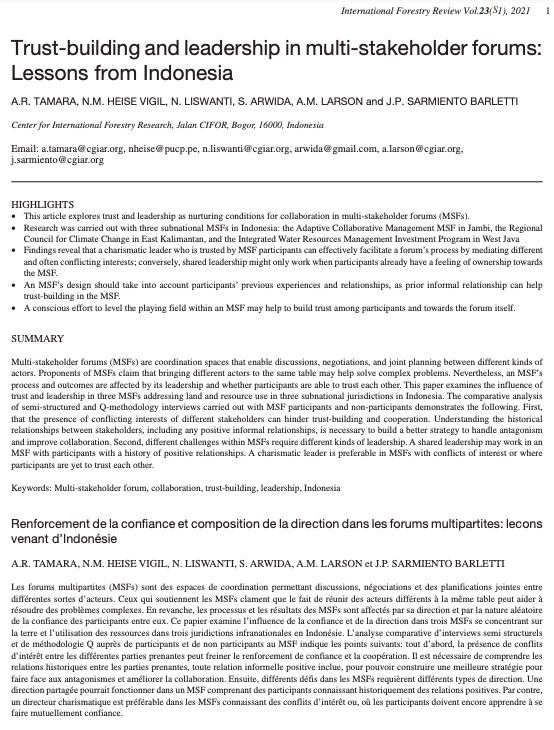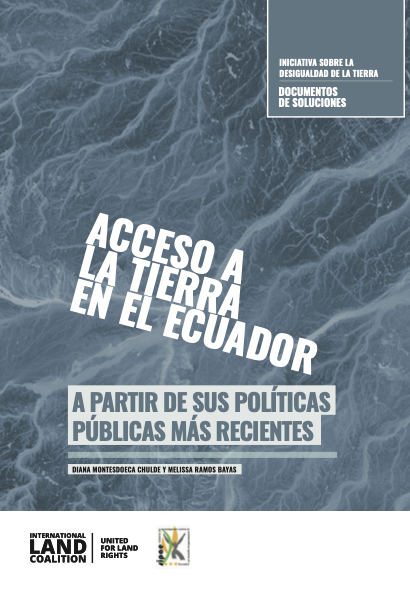Les droits fonciers des travailleurs agricoles
Les droits fonciers et les droits du travail peuvent se croiser de multiples façons. Les investissements dans les plantations à grande échelle impliquent souvent des compromis entre la création d'emplois et la limitation des droits fonciers. De même, les relations de travail peuvent comporter des aspects liés aux droits fonciers, par exemple lorsque les gestionnaires des biens immobiliers sous-louent des parcelles aux travailleurs afin d’agrémenter les salaires par une production alimentaire pour leur famille ou les marchés locaux.








